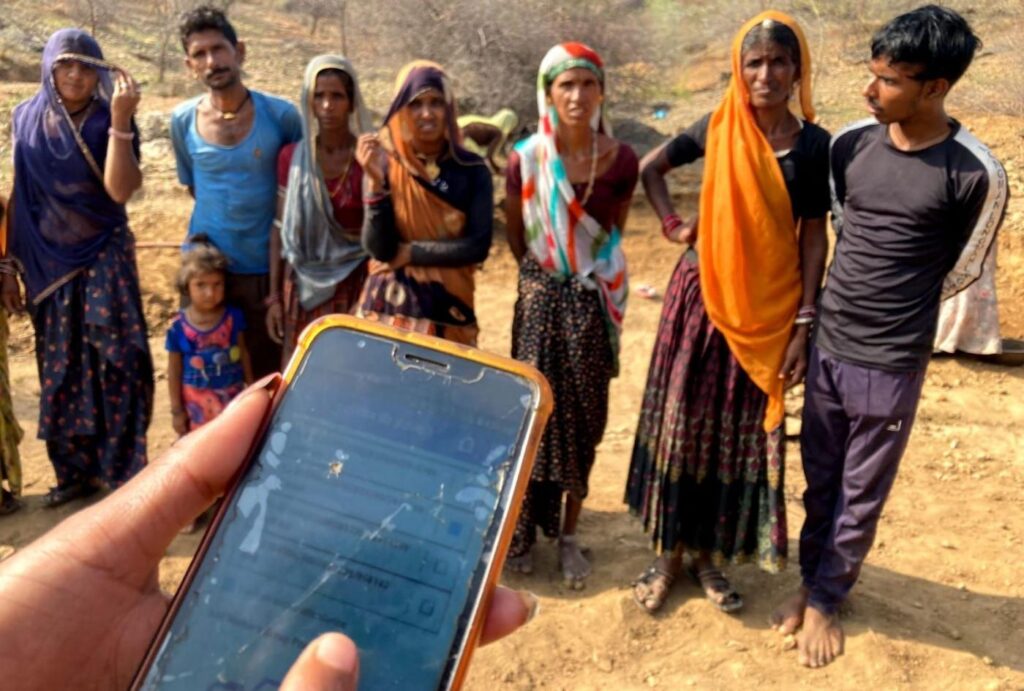The Mahatma Gandhi National Rural Employment Guarantee Act (MGNREGA), commonly known as NREGA, represents one of India’s most significant rural employment welfare schemes. Since its inception in 2005, it has offered financial stability to millions of rural households through guaranteed employment opportunities. With the advent of Digital India, the scheme has witnessed a remarkable transformation, leveraging technology to improve transparency, efficiency and accountability in its implementation.
What is NREGA?
The NREGA programme is designed to guarantee at least 100 days of wage employment in a financial year to every rural household whose adult members volunteer for unskilled manual work. It aims to enhance livelihood security while also creating durable assets in rural areas.
The scheme operates across all districts in India (with the exception of those that are entirely urban) and has been instrumental in reducing poverty levels in rural communities. Under the programme, beneficiaries receive fixed wages, which are subject to periodic revisions by respective state governments, based on central guidelines.
The influence of Digital India on NREGA
The Digital India campaign, launched in 2015, has had a profound impact on the functioning of NREGA. The fusion of digital technologies with government welfare schemes has significantly improved efficiency and reduced leakages. Several noteworthy changes have been introduced through this integration:
Electronic fund transfer (EFT)
One of the most significant developments is the introduction of direct benefit transfer (DBT) for wage payments. Under this system, funds are credited directly into workers’ bank accounts, eliminating the need for middlemen and reducing opportunities for corruption.
For example, a rural worker employed for 100 days at Rs. 300 per day would receive:
100 days × Rs. 300/day = Rs. 30,000
This entire amount is transferred directly to the worker’s bank account via electronic channels, ensuring prompt and full payments.
Aadhaar-based verification
The introduction of Aadhaar-linked bank accounts has added an additional layer of verification. Aadhaar authentication ensures that only genuine beneficiaries receive payments, significantly reducing instances of fraudulent claims and duplicate job cards.
Online job card issuance
Previously, obtaining a job card involved bureaucratic delays and paper-based processing. With digital intervention, job cards can now be issued and managed online. Individuals can access their NREGA job card status, work allocation and payment details through official online portals, improving both accessibility and transparency.
Real-time monitoring through mobile apps
Field-level officials now use mobile apps to record attendance, monitor work progress and submit real-time updates. This enables faster verification of completed work, reduces administrative delays, and ensures timely wage disbursements.
Benefits of digital transformation
The integration of technology has yielded several measurable benefits in the administration of NREGA:
- Transparency: Digital records minimise the chances of manual errors and tampering.
- Timely payments: Real-time updates and DBT have led to faster wage disbursement.
- Reduced corruption: Direct account transfers eliminate middlemen and reduce leakages.
- Operational efficiency: Automation reduces administrative burden and paperwork.
- Financial inclusion: Beneficiaries now have bank accounts, providing them with access to formal financial services.
Challenges faced in technological integration
While the adoption of digital systems has brought numerous improvements, certain challenges persist:
Digital literacy
Many rural workers still lack the digital literacy required to navigate online systems or mobile applications. As a result, they rely on intermediaries who may exploit them.
Internet connectivity
Despite improvements, some remote villages continue to experience weak or no internet connectivity, hindering real-time data entry and fund transfer processes.
Biometric authentication issues
Aadhaar-based biometric verification can sometimes fail due to mismatches or technical glitches, delaying wage payments for affected workers.
Technical infrastructure
Technical issues such as server downtime, software bugs, and delays in data syncing between central and state systems can cause payment backlogs.
Government efforts to overcome challenges
The government has taken several measures to address these challenges and strengthen the digital backbone of NREGA:
- Grievance redressal mechanisms have been established to address payment delays and worker grievances.
- Awareness campaigns are being conducted to educate rural workers on how to use digital services.
- Expansion of digital infrastructure is ongoing to ensure broader internet penetration in rural areas.
- Offline support options are being introduced to complement online systems, ensuring that workers are not excluded due to technical failures.
Financial impact on rural households
The financial support provided by NREGA remains critical for rural households, particularly during lean agricultural seasons or economic slowdowns. For example, if a family of two adults avails full 100-day employment under NREGA at Rs. 300 per day, their combined earnings would be:
2 members × 100 days × Rs. 300/day = Rs. 60,000
This supplemental income allows rural families to manage basic necessities, avoid high-interest debts, and even contribute modestly towards savings or education.
The road ahead
The Digital India initiative has undoubtedly strengthened NREGA’s impact by ensuring that financial assistance reaches the intended beneficiaries promptly and securely. However, continuous improvements in digital literacy, infrastructure and grievance resolution will be essential to unlock the scheme’s full potential.
As India continues to evolve as a digitally empowered society, the synergy between welfare schemes like NREGA and digital innovations will play a key role in promoting inclusive growth and reducing poverty.
Summary
The convergence of NREGA with Digital India has revolutionised India’s rural employment landscape. Direct bank transfers, Aadhaar-based verification and online job card management have streamlined processes, reduced fraud and ensured that funds reach genuine beneficiaries. A worker completing 100 days of employment at Rs. 300 per day earns Rs. 30,000, fully credited to their bank account without intermediary deductions. Despite the considerable progress, digital illiteracy, biometric failures and infrastructure gaps still pose challenges. Continuous investment in technology, education, and support services remains crucial for optimising the scheme’s benefits and enhancing rural livelihoods across India.
Disclaimer: This article is intended for informational purposes only. Individuals must carefully assess all advantages, disadvantages and risks before participating or investing in the Indian financial market.

